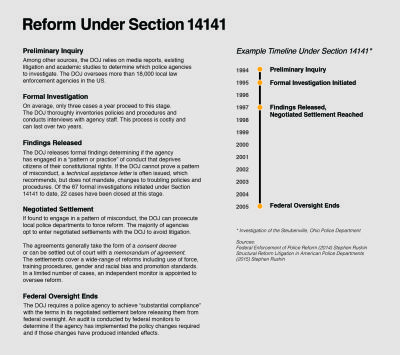[http_redir]
The Baltimore Police Department has a long track record of racial discrimination, frequently violating the rights of the city's black residents, according to a scathing report released Wednesday by the U.S. Department of Justice.
The investigation was commissioned in May 2015, following the death of Freddie Gray, a 25-year-old black man who was severely injured during a rough ride in the back of a police van. The incident sparked days of protests and rioting in Baltimore, and led to criminal charges against six officers - three of whom have already been acquitted.
In examining the BPD's policing practices from 2010 to 2015, the DOJ found "large racial disparities." African-Americans make up 63 percent of Baltimore's population, but were charged with 91 percent of all "discretionary offenses" (very minor, non-violent infractions) and 82 percent of all traffic stops, according to the report. Nearly half of all pedestrian stops occurred in just two primarily black districts. The report also found that police frequently used excessive force during these stops and unnecessarily escalated encounters.
"BPD’s targeted policing of certain Baltimore neighborhoods with minimal oversight or accountability disproportionately harms African-American residents," reads the DOJ's report. "Racially disparate impact is present at every stage of BPD’s enforcement actions, from the initial decision to stop individuals on Baltimore streets to searches, arrests, and uses of force."
